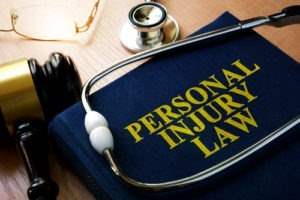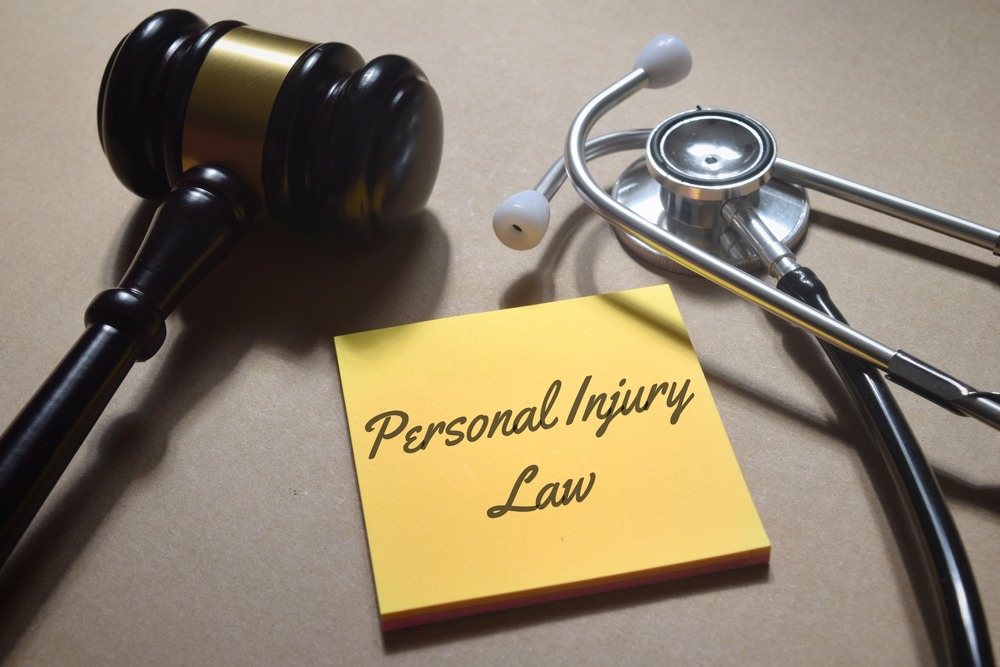
Pain and suffering are legally used to describe both the emotional and physical injuries a victim sustains after an accident. Any significant physical, emotional, and psychological anguish you undergo after an accident qualifies as pain and suffering, which are eligible for compensation.
What Physical Pain and Suffering Consists Of
Typically, you can categorize pain and suffering as physical or emotional. Bodily Injuries that arise after an accident may be considerably agonizing and last for months or years. Physical pain and suffering injuries include present discomfort and the harmful effect of the accident on your life in the future.
Physical pain and suffering includes:
- Paralysis and dislocated joints
- Back and neck pain
- Traumatic brain injury
- Pulled or strained muscles and nerve damage
- Internal organ damage
- Broken or fractured bones
According to the American Association of Neurological Surgeons (AANS), some of these injuries, such as traumatic brain injury, can be long-lasting or permanent, leaving you with persistent physical pain.
If it is your first time filing a claim, you may not know how to value your request. When not appropriately evaluated, some injuries can lead you into serious debt—after you exhaust your compensation before completely healing.
Find a Personal Injury Lawyer, Near Me
(855) 529-0269What Emotional Pain and Suffering Consists Of
Emotional pain and suffering can be byproducts of bodily injuries after an accident. In other words, they are negative emotions that you suffer after enduring the trauma and physical pain following an accident.
The mental injuries that can be caused by emotional pain and suffering include:
- Humiliation
- Psychological trauma
- Fear and anxiety
- Loss of enjoyment of life
- Grief
- Anger
- Shock
Severe mental pain and suffering such as post-traumatic stress disorder, depression, insomnia, and mood swings can also be classified as emotional pain and suffering.
You May Be Able to Pursue Loss of Consortium
A personal injury accident can also result in the death of your loved one. In such cases, you or any other family member can bring a wrongful death claim to hold the at-fault party accountable. You may have the legal right to receive reparation for the deceased’s medical expenses, lost wages, and loss of companionship or consortium.
Due to the grief and mental anguish of losing a loved one, the court or insurance company can award victims reimbursement for the pain and suffering the loss of their departed kin caused them.
Loss of consortium often includes the loss of things such as:
- Spousal intimacy
- Parental guidance and care
- Love and affection
- Companionship
- Household services
Click to contact Chalik & Chalik's personal injury lawyers today
A Lawyer Can Calculate the Value of Your Pain and Suffering Claim
Every personal injury case is unique, so the valuations of the damage depend on the circumstances and evidence. However, there are two main ways of calculating pain and suffering—the multiplier and per diem methods.
Multiplier Method
This method involves adding up the actual damages (for example, loss of income, medical expenses, therapy expenses, etc.) and multiplying the total by a certain number. The number (multiplier) typically ranges between 1.5 and 5.
The factors that affect the value of a pain and suffering claim include:
- The credibility of the injuries
- The consistency of the plaintiff’s testimony
- The sensibility of the plaintiff’s claims, diagnosis, and injuries
- Whether the plaintiff is exaggerating their condition
- Expert witness testimonies that validate a plaintiff’s condition
Per Diem Method
This method involves allocating a particular dollar amount to days from the day of the injury to the day your loved one’s condition reached a stage it can no longer progress.
However, the at-fault party’s insurance company might have its own way of determining pain and suffering. And the method that the insurers use may not be in the interest of the plaintiff. To protect your claim, seek the help of a lawyer to handle negotiations with the insurance company and to ensure the insurance company’s methods of valuingyour losses are fair.
For a free legal consultation call
(855) 529-0269How to Prove Your Losses
Evidence and documentation can support your claim to establish both physical or emotional distress and suffering. There are several types of standard pieces of evidence, such as:
- Photographs
- Doctor’s reports
- A personal journal recording your pain
- Medical evidence
- A mental health counselor or therapist’s notes
If you can attach evidence to your claim, you can convince the insurance company, jury, or judge that the injury indeed caused your loved one pain and suffering.
In most cases, suing for compensation is the last thing on people’s minds when they are still recovering from injuries or grief. Therefore, a personal injury lawyer will handle the case on your behalf while you focus on your mourning and recovery.
Contact Chalik & Chalik Injury Lawyers
If you suffered an injury that qualifies as pain and suffering, reach out to Chalik & Chalik Injury Lawyers. We will help you to determine the extent of your injuries and their connection to your wrongful death or personal injury case. Call us at (855) 529-0269 for a consultation. We can also inform you if any timeline imposed by § 95.11 of the Florida Statutes pertains to your case.
Call or text Chalik & Chalik
(855) 529-0269










